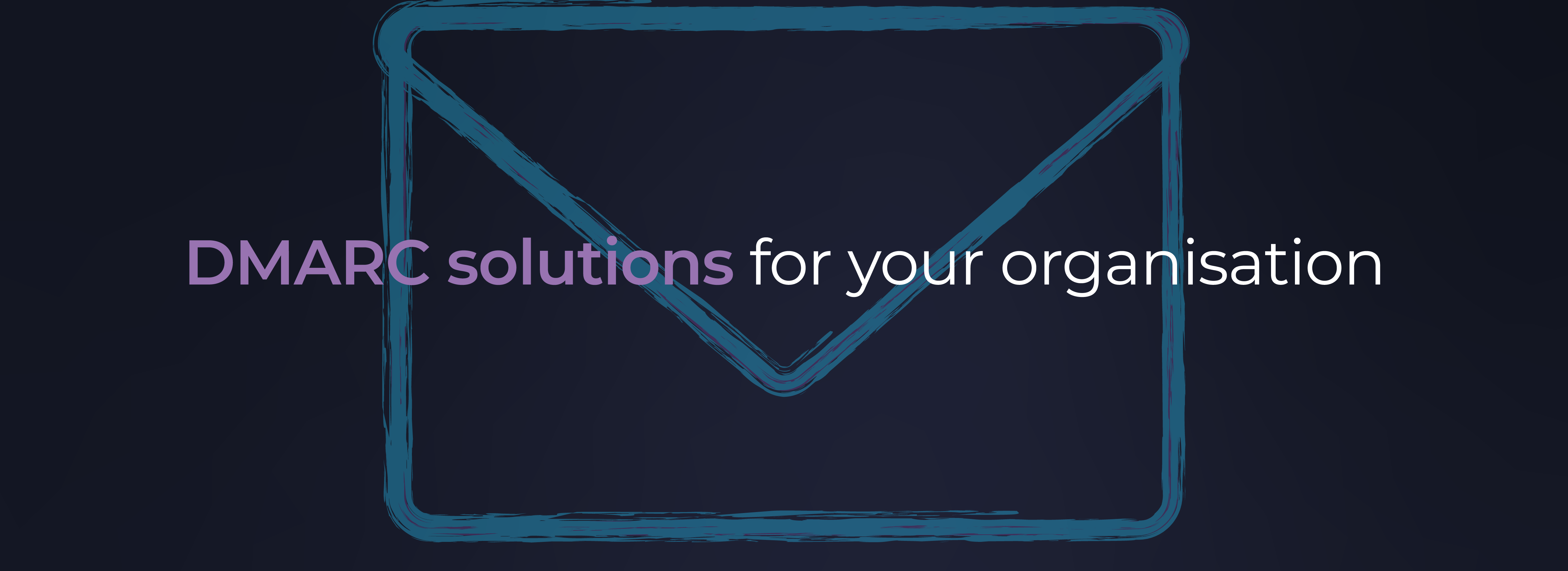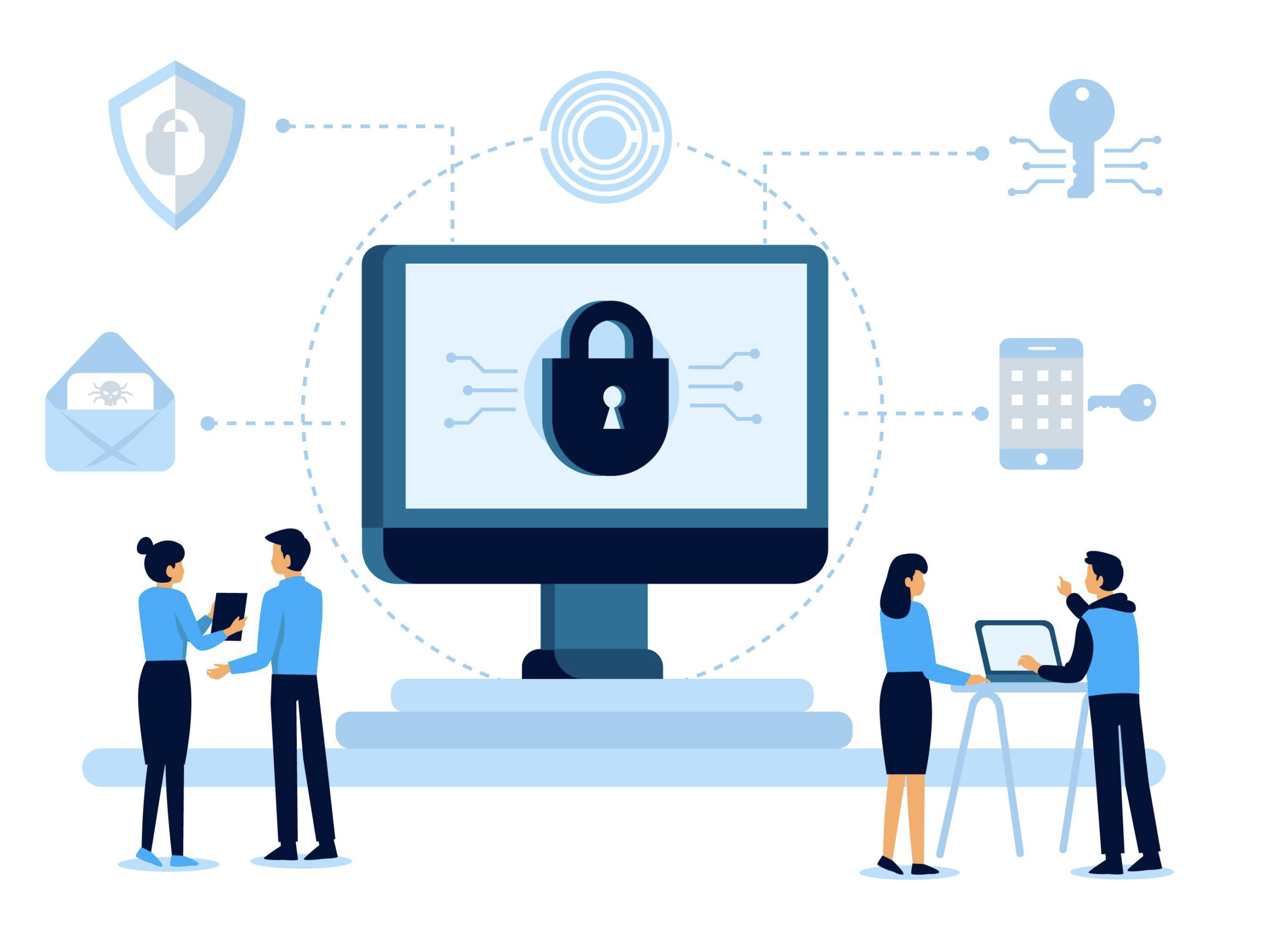Reliable connectivity for business operations is a critical success factor for any small-medium business. In fact, any business of any size. Having reviewed a recent Gartner publication, I realised that they had calculated the cost of downtime at an average of $5 600 per minute. Gartner also stated that the average downtime experienced when your wired LAN/WAN is disrupted is around 43 minutes. So, the costs to businesses are severe, just do the math!
There are several questions that need to be answered when thinking about how your business can afford LAN/WAN downtime:
- How do we address our concerns about downtime?
- How do we get our connectivity to a 99.9% effective reliability rate?
- How do we plan for and manage downtime caused by accidents, natural outages, weather phenomena or even the more regular, network service provider glitches?
- How do we develop strategies that cater for and answer our biggest fears?
- How do we make sure our current IT ecosystems, our strategy, our plans, and our budgets are aligned with catering for possible downtime?
Having been in the ICT industry for more than 25 years, watching in amazement, the growth and development within the industry, especially in the last 10 years, I find it amusing – no baffling – that we spend so much time, expertise, money, and effort discussing the reliability of our connectivity solutions. For the last 10 years, we have subscribed, adopted, and embraced communicating via mobile technologies such as cellular and LTE. In fact, as of the end of 2020, I do not believe we could live without our cellular communications!
Yet for our businesses, we remain committed to fixed leased lines, to wired connectivity solutions, ISDN, and ADSL; all of which are subject to accidents and the backhoe fear, natural outages, or weather phenomena or even the more regular, network provider glitches. It is as if we as business leaders have dual principles, one that accepts the fact that the reliability of our LAN/WAN will be disrupted, whilst, at the same time our cellular communication will remain constant and reliable.
If my maths is correct and your IT ecosystem is subject to poor reliability from your business connectivity, and bear in mind, I am assuming that your business has an outage of only 4 minutes a month, at the Gartner published rate, this would result in a monetary cost to your business of $22 400 per month or $268 800 per annum! Interesting… So, answer me truthfully, can your business afford LAN/WAN downtime?
If your answer is, “No”, my team and I at Infoprotect UK await your call, not to get into a sales pitch, not to sell you a product but to start a discussion focussing on your business and its needs for reliable connectivity. We will begin to discuss, identify, and agree on the benefits of a strategy that addresses those needs, connectivity failures, and look into possible wireless strategies.
We await your call to share and collaborate!
Chat soon.
Brian Taylor
Head of Sales
























